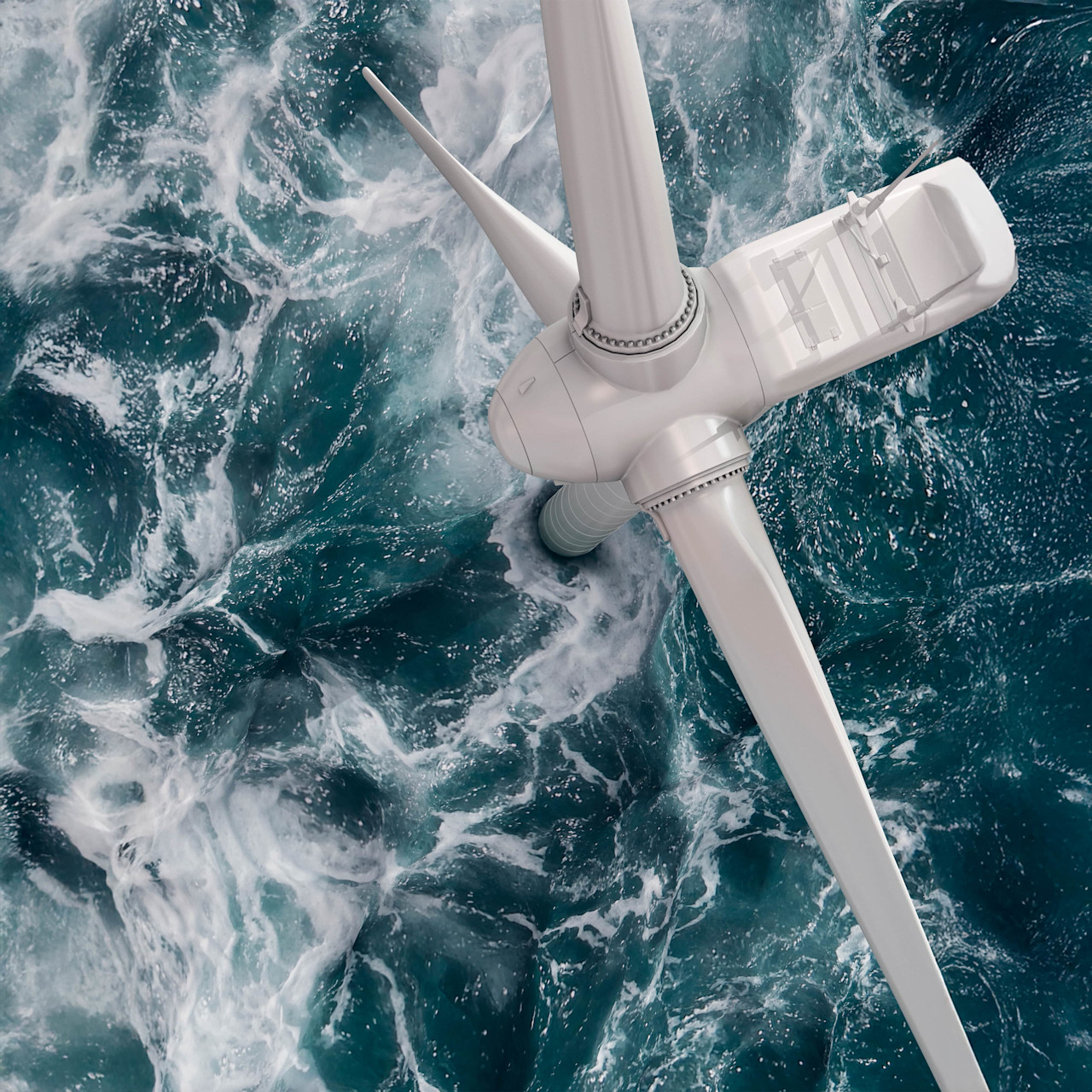

Charting an informed course to net zero
The road to a net-zero economy will be long, bumpy and disruptive. To navigate the transition’s risks and capture its opportunities, investors need forward-looking metrics. Robeco’s Sector Decarbonization Pathways (SDP) move investors one step closer to the holy grail of climate analytics.
まとめ
- Pathways assess the timeliness, credibility and capacity of company emission targets
- Company performance compared to sector peers and science-based benchmarks
- Forward-looking data used to distinguish transition leaders from laggards
Since the Paris Agreement, awareness of climate change has dramatically increased, especially as once-distant risks materialize into increasingly catastrophic events. Hinged between regulatory restrictions and departing customers, companies that don’t act fast enough risk low valuations at best and extinction at worst.
Investors are also exposed. Portfolios with high-emission holdings are subject to transition risks and serious mid- to long-term losses. But simply purging portfolios of carbon-intensive sectors is also not the most effective sustainable investing strategy. Without slashing emissions from high-emitting sectors, the world will never reach net zero. Divestment also deprives investors of opportunities to contribute to the clean and green-focused innovation of companies as they race to decarbonize and participate in the growth and returns their transition will bring.
Acknowledging that holding heavy emitters brings both risks and benefits, Robeco favors a “best-in-sector” approach – identifying companies that are outperforming sector peers in cutting future carbon emissions through 2050. Robeco’s SDP series models and tracks the carbon-cutting performance of companies within sectors in order to distinguish future sector leaders from likely laggards.
Most companies have pledged to cut emissions, yet fulfilling those commitments in a credible and timely manner is a whole other mountain. Complicating matters further, for some sectors decarbonization performance is largely tied to reductions in Scope 3 emissions (emissions from consumer use rather than product manufacturing). That’s a game changer as until now even Big Oil could score relatively well on environmental footprint metrics based on (largely operational) Scope 1 and 2 emissions data.
Though models differ slightly based on sector-specific factors, their essential features include: a decarbonization performance assessment that charts a company’s emission reductions trajectory and a financial assessment that measures a company’s operational and financial capacity to meet decarbonization targets, as well as analyses on the financial impact of regulatory mandates.
The SDP methodology
Guided by climate and emissions scenarios from the world’s foremost climate-science authorities, SI researchers construct a company’s decarbonization pathway through 2050 using backward and forward-looking emissions data1 (company-disclosed and projected estimates). Companies’ decarbonization pathways are then compared with scientifically modelled, sector-specific benchmark trajectories as well as sector peers to evaluate which companies are most closely aligned. Decarbonization scores are then assigned to each company according to their degree of alignment. The closer the alignment, the better the score. Timing also matters; emission reductions in the short and mid-term count more than those in the long-term, meaning that the scores of companies planning to cut emission intensities earlier rather than later will be higher.
Figure 1 | Comparing an O&G company’s commitments with science-backed targets

Source: Robeco model as of December 2022
The blue dotted line indicates Company A’s Commitment Pathway based on its planned emission reduction disclosures. The orange line indicates the scientifically modelled benchmark for the oil and gas sector in order to keep global temperatures below 2 °C by 2050 (the TPI Below 2 °C Pathway (or TPI B2DS). The closer the alignment between pathways, the better a company’s decarbonization score.2
True leadership, however, demands plans that are both ambitious and credible. To measure credibility, SI analysts calculate the required level of investment (both capital and operational expenditures) needed to achieve the company’s disclosed decarbonization pathway and compare those to the company’s current and projected capex investments into carbon abatement technologies (e.g., battery electric vehicle production for the automotive sector, clean and renewable energy generation for oil and gas). Severe shortfalls in capex spending cast doubt on a company’s intention or even ability to cut future emissions and reach its own or regulatory emission targets.
Finally, the model assesses the financial impact of regulatory fines, stranded assets and demand reduction – critical threats for carbon-intensive industries. Though insignificant at present, the financial impact of fines on revenues (and valuations) will intensify as regulations are tightened and the reputations of lagging companies are damaged.
But for oil and gas companies in particular, fines will be negligible compared to revenue loss from drastically reduced demand, as governments unleash a blitzkrieg on heavy emitters in order to make good on net-zero pledges. A critical feature of the O&G SDP is that it captures the economic impact of reduced demand and write-downs on capital assets (e.g., plants, property and equipment) on future enterprise value.
Portfolio impact
SDP models allows Robeco to pinpoint where companies are in the transition and where they are most likely to be in the decades ahead. As a result, we can better anticipate future emissions performance against sector peers, estimate future cash flows, and more accurately calculate the fair value and risk-return potential of stocks and bond issues. And with automation, SDP models enable analysts to construct and assess the short-, mid- and long-term decarbonization performance of thousands of companies across product universes and asset classes.
Moreover, the SDP assessment’s granular analysis provides our engagement specialists with objective, specific and quantified data on a companies’ decarbonization performance relative to peers – powerful ammunition for prioritizing, driving, and accelerating engagement activities among slow movers.
Pathways have been constructed for the economy’s most carbon-intensive sectors including oil and gas, automotive, meat production, cement and aluminum manufacturing, real estate and power generation. The SDPs are the latest in Robeco’s pioneering innovations that continue to advance sustainable investing and achieve real-world impact through objective data, rigorous analysis and consistent frameworks.
Footnotes
1 More specifically, in order to account for differences in company size and future growth, analysts measure reductions in CO2-emission intensities rather than absolute CO2 emissions.
2 The Transition Pathway Initiative (TPI) Below 2°C Benchmark Pathway was recently updated with new emission targets from the IEA as a result of the increased carbon output related to the energy crisis. While changes have not been reflected in the current graphic, they have been incorporated into Robeco’s O&G sector’s decarbonization pathway model for use by internal experts and investment teams.
重要事項
当資料は情報提供を目的として、Robeco Institutional Asset Management B.V.が作成した英文資料、もしくはその英文資料をロベコ・ジャパン株式会社が翻訳したものです。資料中の個別の金融商品の売買の勧誘や推奨等を目的とするものではありません。記載された情報は十分信頼できるものであると考えておりますが、その正確性、完全性を保証するものではありません。意見や見通しはあくまで作成日における弊社の判断に基づくものであり、今後予告なしに変更されることがあります。運用状況、市場動向、意見等は、過去の一時点あるいは過去の一定期間についてのものであり、過去の実績は将来の運用成果を保証または示唆するものではありません。また、記載された投資方針・戦略等は全ての投資家の皆様に適合するとは限りません。当資料は法律、税務、会計面での助言の提供を意図するものではありません。 ご契約に際しては、必要に応じ専門家にご相談の上、最終的なご判断はお客様ご自身でなさるようお願い致します。 運用を行う資産の評価額は、組入有価証券等の価格、金融市場の相場や金利等の変動、及び組入有価証券の発行体の財務状況による信用力等の影響を受けて変動します。また、外貨建資産に投資する場合は為替変動の影響も受けます。運用によって生じた損益は、全て投資家の皆様に帰属します。したがって投資元本や一定の運用成果が保証されているものではなく、投資元本を上回る損失を被ることがあります。弊社が行う金融商品取引業に係る手数料または報酬は、締結される契約の種類や契約資産額により異なるため、当資料において記載せず別途ご提示させて頂く場合があります。具体的な手数料または報酬の金額・計算方法につきましては弊社担当者へお問合せください。 当資料及び記載されている情報、商品に関する権利は弊社に帰属します。したがって、弊社の書面による同意なくしてその全部もしくは一部を複製またはその他の方法で配布することはご遠慮ください。 商号等: ロベコ・ジャパン株式会社 金融商品取引業者 関東財務局長(金商)第2780号 加入協会: 一般社団法人 日本投資顧問業協会























